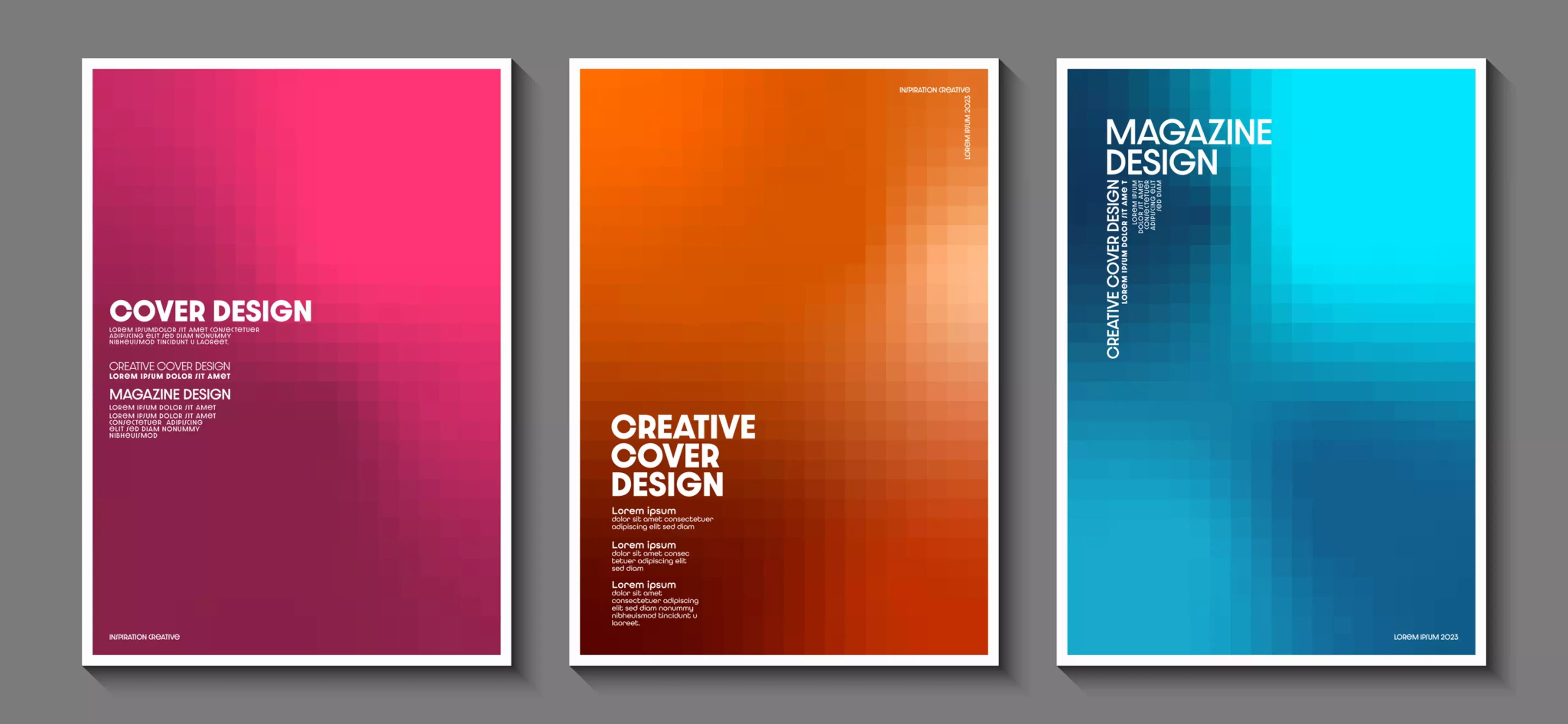Programmatic printing, also known as automated printing, refers to the process of computer programming and automation to control and manage various aspects of the printing workflow. The combination of state-of-the-art presses, intelligent algorithms and database technology enables the programmatic personalisation of the attention-grabbing print channel. What is behind the buzzword "Programmatic Printing"?
Anyone who produces printed products such as catalogues or advertising letters for a broad target group and sends them out according to the scattergun principle has little success. Some customers are therefore thinking about doing without printed brochures altogether or have already taken this step. A mistake, because the haptic experience of a catalogue or personal letter cannot be surpassed. And everything that can be personalised online can also be personalised in print relatively effortlessly thanks to digital technologies.
Personalised class instead of mass

Personalised print products are much more than cover letters with a personal address. Today, print mailings can be created that are tailored to the individual interests and behaviour of the clientele and delivered at the right time with the appropriate address: For example, when a potential buyer has not completed his online purchase, an order for consumables was placed some time ago or interesting offers are available for a special target group. Individualised print products are well received by recipients. The combination of automation and personalisation makes Programmatic Printing an unbeatable tool in modern dialogue marketing.
Personalised, data-driven advertising in the form of letters, postcards and self-mailers is ending the era of impersonal mass mailings and putting the customer at the centre.
Printers need to rethink their mindset
To get started with this new and very promising form of address, printers' customers first need comprehensive advice. It is no longer enough to simply process incoming print jobs. It is much more a matter of informing customers about the possibilities of Programmatic Printing. It is advisable to start talking to customers at an early stage. This means a fundamental change in the traditional way of thinking, both for printers and for their customers. The printer becomes a competent partner who shows ways away from classic print campaigns to flexible scalable high-speed digital printing processes for an individual customer journey and more customer loyalty. This places new demands on the job profile of
the specialist staff of printing companies. Today, specialist knowledge and consulting expertise are in demand, as well as the ability to understand the customer's problems and requirements and to solve them together with him.
Low technical hurdles for Programmatic Printing
Programmatic printing is basically possible with any press. This means that investments in new hardware are not mandatory.
Programmatic printing involves the integration of software, hardware and data to streamline and optimise the printing process. It can be applied to different printing technologies, for example digital printing, offset printing and large format printing. Specific software tools and scripts are applied to automate tasks such as file preparation, pre-press, colour management, imposition, printing and finishing.
Konica Minolta analyses for its customers which solutions are already available in-house and which software is still missing. Often, many tools can be further used if the customers have the right idea about the software and the work steps. For example, if the goal is to address a smaller customer segment of 100 to 500 recipients, AccurioPro Variable Data (VDP) from Konica Minolta is the right solution. This suite stands for performance and flexibility and can be integrated via a switch for automation. A first possible step towards Programmatic Printing is, for example, also an Indesign plug-in.
In our award-winning showroom in Langenhagen, we demonstrate to German and European customers the possibilities and concrete solutions for Programmatic Printing and show which new paths printers can take today. We are also happy to advise you on site.
The result: the integration of the print channel into the marketing automation software reduces the effort involved in planning and implementing classic print campaigns many times over.

The advantages and most important aspects of Programmatic Printing at a glance
File preparation: Programmatic Printing enables the automation of file preparation tasks such as image processing, colour correction and file conversion. Software tools can be programmed to automatically process incoming files and optimise them for printing.
Variable Data Printing (VDP): Programmatic printing makes it easier to incorporate variable data into printed materials. This creates personalised or customised printed pieces with unique information such as names, addresses as well as personalised offers.
Print job management: Programmatic Printing makes it easier to manage print jobs through automation. Print job queues can be created and managed programmatically to ensure that jobs are processed in the desired order and with the correct settings.
Colour management: Precise colour control is critical in printing. Programmatic Printing enables automated colour management that ensures consistent colour reproduction across different print runs and devices. Colour profiles can be applied automatically, and colour calibration can be scheduled and performed at regular intervals.
Imposition: Programmatic Printing enables automation of imposition tasks, such as page reordering, imposition template selection and trim settings.
Print verification and quality control: Automated quality control tools can be integrated into Programmatic Printing workflows. These tools automatically check for common printing issues such as image resolution, colour accuracy and font embedding, ensuring that the final printed output meets the desired quality standards.
Integration with production equipment: Programmatic printing can be integrated with a variety of printing systems. These include digital presses, offset presses and finishing equipment. This integration enables seamless communication between software and hardware, reducing manual intervention and increasing productivity.
Programmatic printing offers many advantages
- greater efficiency
- fewer human errors
- improved consistency
- shorter turnaround times
- the ability to meet complex printing requirements
It is particularly valuable in print environments with long runs, tight deadlines and the need for customisation or personalisation.
Konica Minolta's
Workflow-Software AccurioPro Flux Ultimate can be an excellent part of a Programmatic Print solution. It is designed to automate and manage the printing process. This software offers advanced features for file processing, colour management, variable data printing and collaboration between different printing devices.
With AccurioPro Flux Ultimate, you can programmatically create and manage print job queues, automate file preparation and colour correction, implement variable data printing and control output from multiple print devices. It helps streamline the print workflow and optimise efficiency. Accurioflux Ultimate offers advanced automation features and integration with multiple print devices. These are the very essence of Programmatic Printing: using automation and computer programming to control and optimise the printing process - and achieve greater efficiency.
Programmatic Printing gives innovative marketers the tools they need to run more efficient, personalised marketing campaigns in close collaboration with printers. Full automation enables cross-media, customer-centric print products that impress, increase sales and retain customers.
Learn more and experience the potential of
Igniting Print Possibilities with Konica Minolta.
Watch our
Video about the latest possibilities in digital printing.



